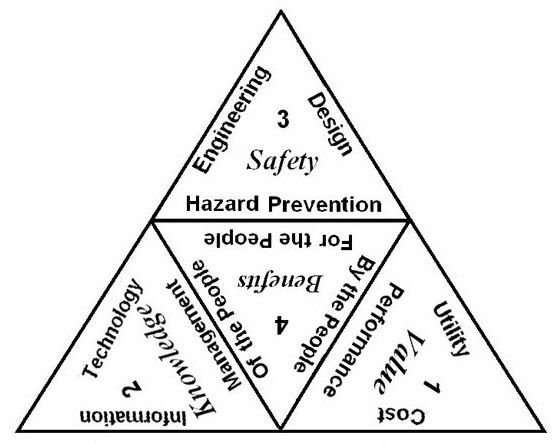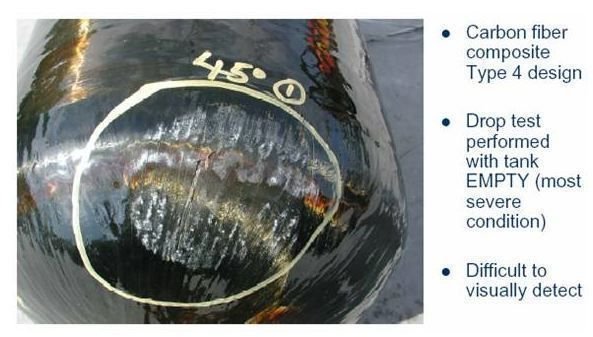Importance of Following Design Safety Guidelines
Design safety standards are devised and developed so that the end product is free from conventional errors. Designing according to the standards means following a pattern so that the end product does not deviate from the planned results. Every company and organization have their own design guidelines. It is only because of design standards and guidelines that every single Escape Hybrid or Nokia E72 mobile is similar to other respective units in a batch. Even when rollbacks occur, they occur on a mass scale because the companies follow design guidelines, so that a uniform product is formed, faulty or perfectly designed, that is a secondary issue. Whenever, there is a deviation from the design standard, errors are bound to happen.
Facts on Design Safety
Design safety norms keep on changing for better or worse long before we know what is happening. We cannot vouch which one is safer to use. There are many safety norms involved in designing a product. The design concept must be based on a guaranteed Six Sigma approach. Six Sigma signifies less than 3.4 insignificant defects per million parts produced. The Six Sigma approach in designing was discovered by W. Edward Deming (six basic concepts) and introduced by Motorola.
The usual practice of design engineers working on concepts is based on past experiences with product safety practices. New situations can arise which have nothing to do with their past experiences. The various issues on certain safety factors on unknown parameters have to be carefully investigated.
The trend in the present day scenario of competitive international trade has rapidly increased so much so that today’s design becomes tomorrow’s marketed product. The lust for rapid market promotion is at a high pitch with an aim for rigorous competition of short life low cost throw-away parts. Recycling of the waste thus becomes an environmental safety problem. Design safety guidelines also mean studying the scope and market for a particular product. It includes risk assessments and system safety analysis, which means the design team has taken into consideration the possible threats to their product. It can be because of market competition, growing technology or anything else. Because the design team has spent enough time to analyze the risks, it becomes even more important to focus on the design guidelines so that the final product is as close as possible to the designed product or service.
Professional Responsibilities
Choosing a cost effective safe product needs lots of patience. Perhaps RFID tags attached to the product packing can be easily tracked at the market for the right choice. Safety factors are carefully studied, experimented, and implemented in the product standards. The label on the product must bear safeguard stamps and be cross-checked by bar code or RFID.
Bearing responsibility for safety precautions is not the design engineer’s responsibility only, but also must be shared by users too. Some people consume medicines without reading safety instructions on the label. Medicines must be kept out of reach of children; safety standards are taken for granted. LPG cooking gas in cylinders or via pipe lines is used by all. Initially everyone takes enough precautions to see valves are closed before going to bed or being away from the house. Young children may play around gas valves if it is within their reach. A gas leak is not only poisonous, but also catches fire when the electrical switch is put on- or the automatic on/off switch by the refrigerator is activated.
LPG gas is of low density and when it leaks, it flows and spreads on the floor. That spark can cause havoc in entire buildings. These commonly used domestic appliances have a high risk. The consequences are devastating. Every building is not provided with efficient fire fighting provision. Hospitals are also not very safe. Oxygen cylinders are deadly devices when they leak. Oxygen has no smell. Detecting leaks is difficult. LPG gas is also used in hospitals. LPG has a pungent smell.
An alternate fossil fuel is CNG gas, which substitutes gasoline and diesel fuel. CNG is filled up in composite-bound metal cylinders with spherical ends. The gas fire protection is done by a thermally activated pressure relief valve. CNG cylinders are normally stored at 3600 psi at ambient temperature. Gas pressure is usually filled up to 1.25 times service pressure. Please note the gas pressure rises proportionately to temperature rise. In failure tests, fuel leaks from many points, but the tank does not burst.
A major disadvantage of CNG gas cylinders is the space problem for a fuel tank in gasoline powered vehicles. Compressed gas is lighter than liquid gasoline. Hence it takes more space than gasoline vehicles. This problem can be solved only by building CNG gas-run vehicles in the factory.
In the long run, people are used to various types of risks.
Please ignore this dangerous theme, and follow safety norms religiously.
Images



Related Links
Motorola University - Sig Sigma in Action
Balanced Scorecard Org. - The Deming Cycle, Paul Arveson
Design Safety Engineering, Inc. - Designing for Safer and Leaner Mfg.
